Equipment
Titleist answers questions about the 716 AP1 irons
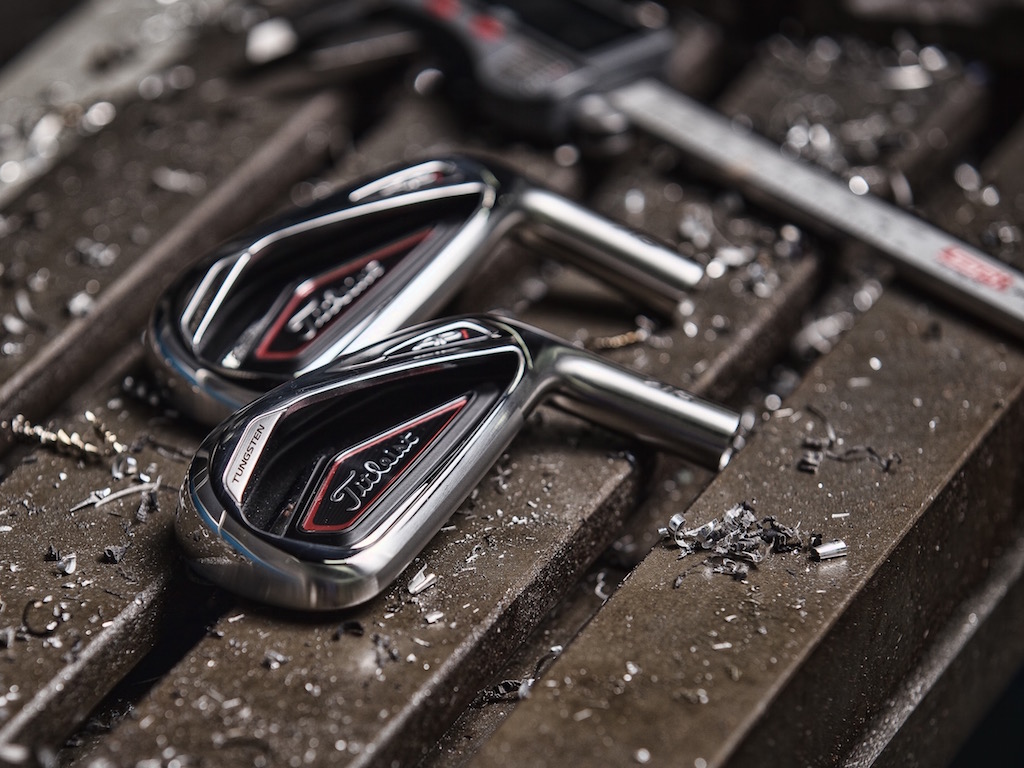
When it comes to irons, Titleist is historically known for tour-inspired models such its MB, CB and AP2 irons. With its 716 iron launch, however, more attention has shifted to the company’s larger, more-forgiving AP1 irons — and for good reason. They’re arguably the most improved irons in the company’s new line.
“With an impressive boost in distance, the uber-forgiving 716 AP1 irons can compete against any model in their class,” we wrote in our review.” Their design boasts an attention to detail that will give them the nod with discerning golfers.”
Our editor, Zak Kozuchowski, spoke with two members of Titleist’s top brass — Vice President of Marketing, Chris McGinley, and Vice President of R&D, Dan Stone — to discuss the changes made to the new irons.
Why were the changes made, and what do they mean for game-improvement iron shoppers? You’ll learn that and more in the Q&A below.
ZK: When we talked to top club fitters about AP1 irons of the past, they usually described them as “forgiving” or “very consistent,” but never “long.” Why did Titleist decide to focus on distance with the new AP1 irons?
Chris McGinley: I think the answer to that question quite is simple. We did a lot of research before we developed this line, and part of that research was aimed at what you brought up earlier — positioning these irons properly, because we listened to what golfers said. There’s a lot of golfers out there that want maximum distance and maximum forgiveness, particularly those golfers looking to improve. Distance was an important variable. For a lot of golfers, it was the most important variable and we wanted to deliver on that. That’s really the simple reason behind AP1 being a more distance-focused product. We are in the distance game with this product. But I think it’s important to note that the way we went about it may be a little different. We didn’t want just raw distance; we wanted distance at a playable trajectory so that the player could have the right ball flight to stop the ball near the pin, and we believe our technology package delivers on that. We’re confident that we’re firmly in the distance game, and we’re delivering it in a very effective way.
ZK: You talk about creating distance, but also creating a consistent, playable trajectory. What challenges did you face when you redesigned AP1 to achieve those goals?
Dan Stone: Well, we felt we were really poised already to attack this problem … The materials we’re using allows us to be better suited to make a more playable trajectory from the stronger loft targets that we went after with this generation of product. It’s a lower CG, but with higher inertia values. We also thinned out the face and really created a full cavity. That’s the reason for the acoustical difference.
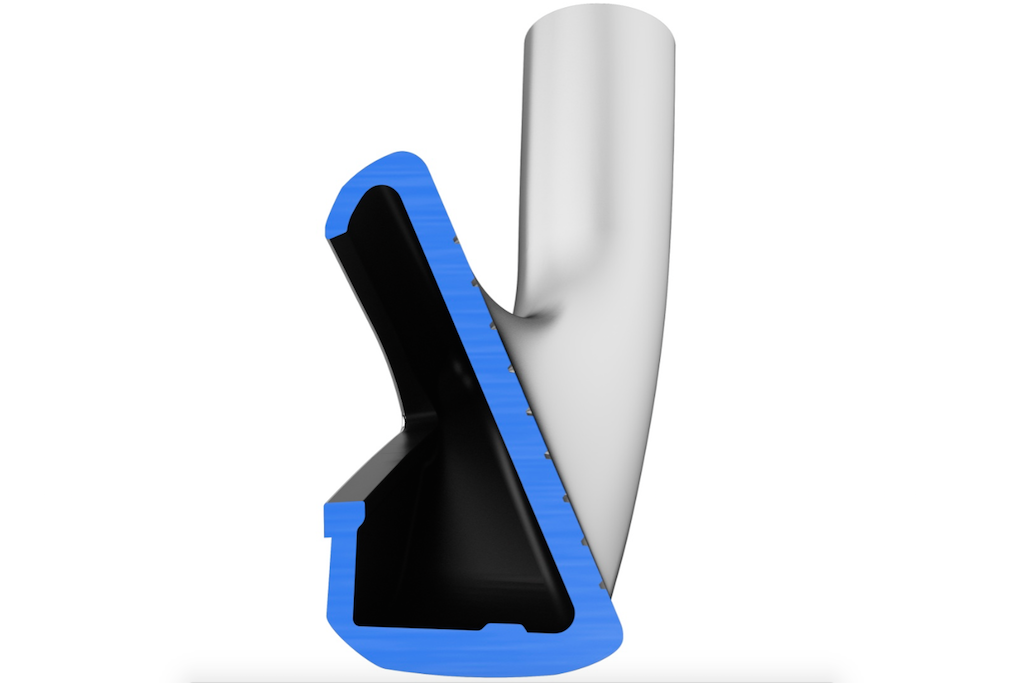
Previous AP1 irons had reinforced club faces. The new irons have unsupported club faces, which create more discretionary weight and allow the club faces to flex at impact.
The trajectory is really a function of where the CG is. Also, off-center, we maintain ball speed. The AP1 player doesn’t always hit it on the screws. A lot of the distance issues or the trajectory issues come from off-center hits, and that’s where our product really shines, both on center and off-center. We know we have the most playable trajectory in the marketplace in terms of giving players the distance that we wanted them to have, but also making it more consistent.
ZK: If you look back through the years at the lofts of the AP1, you see that the 3 iron had a stock loft of 20 degrees and the PW had a stock loft of 45 degrees. Now the long irons are a degree stronger and the short irons, in some cases, are 2 degrees stronger. Can you explain specifically why you need to do that and what it does for golfers who are a fit for AP1?
Dan Stone: I think originally we were conservative on our lofts. We did not want to give players trajectories that were unplayable. So we kind of started from scratch with this product … We went from about 28 grams to 43 or so grams of tungsten. We didn’t take this project lightly. To reposition the CG location, strengthen the loft, make sure the CG depth was appropriate — especially in the long irons — was essential to achieving the distance parameters we were after. From there, we don’t like to have 5-degree gaps as we go up to the wedges. A lot of our competitors, as you gap from 9 iron to pitching wedge, you’ll see 5-degree gaps. We just don’t believe that a 5-degree gap is something you want to have in your bag when you’re talking about a gap between two irons. We have’t found a way to achieve the appropriate distance gapping between shorts irons. The use of tungsten, lowering CG, having inertia, and the feedback has been very, very good. We knew that going into this. The feedback we were getting in the marketplace was not a surprise. All the testing has proved out that we were able to maintain the trajectory that we had, but achieve more distance and not have balls fall out of the air with the stronger lofts.
ZK: You spoke about tungsten and you see several golf equipment manufacturers use tungsten in their players iron, but no where near as much as Titleist does. In the game improvement category, none of the leading manufacturers have tungsten in their game improvement irons except Titleist. Why is that?
Dan Stone: I think in the game-improvement category, it’s probably price-related. Obviously, these other manufacturers aren’t seeing a significant performance vs. cost ratio that they’re willing to go ahead and pull the trigger on. I’ll also say we have intellectual property in areas of tungsten, in terms of inertia. Not to get into detail with patents, but we have intellectual property in the last five years plus that we feel is pretty strong and has locked some competitors out of the tungsten business in terms of using it in the way we’re using it. We also have manufacturing intellectual properties because of the co-forging process. We know how to put tungsten in irons and we have a lot of experience doing it. It’s not a trivial task. It requires more effort and cost in the manufacturing process to do it, but I would say over the last couples generations we’ve made some significant improvements and strides in making our manufacturing process more efficient as we’ve come out.
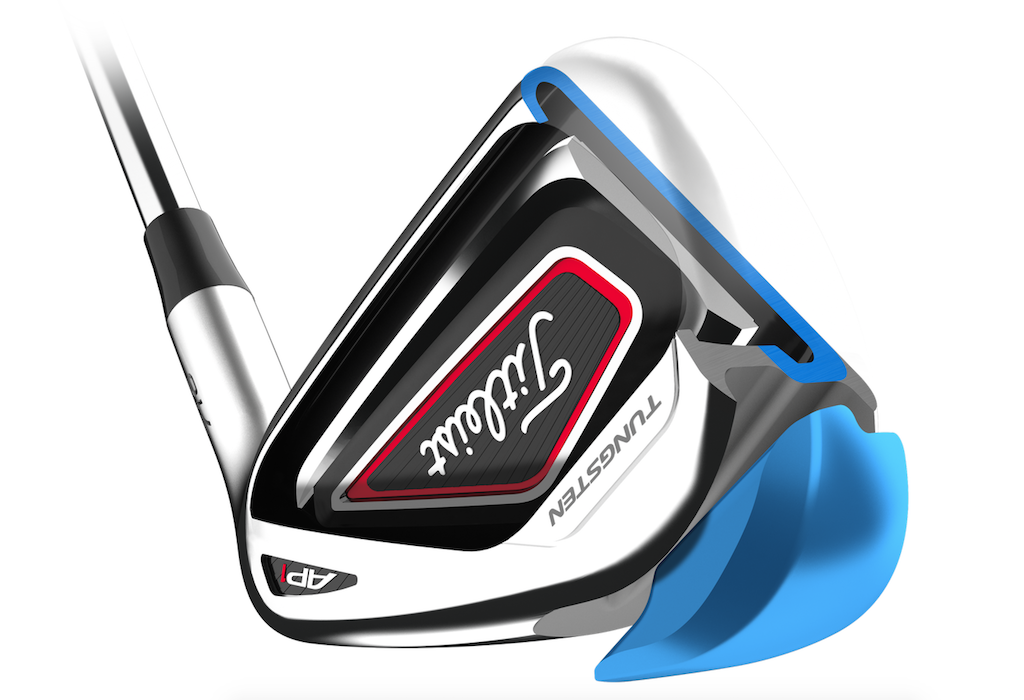
Titleist engineers increased the amount of tungsten by 50 percent in the 716 AP1 irons. The 3-7 irons have an average of 42.5 grams of tungsten per head.
We have no plans to go away from the use of tungsten. We believe in it, we know there’s a performance advantage.
I think what you’re seeing in the AP1 is that it’s our best effort thus far, but the acoustic feedback the players get, and the trajectory and feel of the product … a lot of that comes from the use of tungsten. A solid shot feels really good. You can be a little bit more off-center with this club and it still feels solid and sounds good. We went thru a lot of effort to tune the face and I don’t know if you’re aware of the construction, but we got rid of the bar in back of the AP1. We went to a full-cavity concept and that took a little effort. Our initial prototypes, we made a few duds that didn’t sound good. We went with our FEA team and went back and tweaked face-thickness, tweaked the tungsten location until we got it just right. In this situation, each iron is a unique club. Each of them have to be looked at uniquely so that you dial in the appropriate performance. The feel is one of the ones where we can predict that in FEA, but we also have to take the product out and hit it. There were some adjustments after we got our first few sets in that had to go back in and modify to appropriately locate the tungsten and face thickness.
Chris McGinley: I think that’s a key point. As Dan said, it’s our fifth generation iron where we’re using tungsten in a meaningful way. One of the things we’ve learned is that tungsten really helps feel … When you’re making a thinner-faced, distance-oriented iron, it was really key to us to make sure that AP1 had that great feel, and that use of tungsten really delivers there.
Q: Can you explain the co-forging process, and how that’s different from the way tungsten is added to the AP1 irons?
In the co-forging process (which is used on the 716 AP2 and 716 CB irons), the tungsten is put in at the date of the forging itself. So you’re applying tungsten in a cavity and putting steel over that cavity, welding it, and then it goes into a forging operation and it’s forged so that all the material is compressed. In the AP1 program, we use a welding process. The tungsten is mechanically welded because the AP1 is a cast product. So it’s mechanically welded in place, and we’ve become experts in that area because we’ve used the welding process for many years. There are tricks and in-house know-how to be able to appropriately weld that. Because obviously you don’t want to have rattles. You want the tungsten and the steel to work as one. We use a pure tungsten, 17-gram-per-CC tungsten, and we use that high-density tungsten to get the effect, get the inertia. Lower-density tungsten has also been used in the past, but we prefer to use a higher-grade tungsten because it improves our CG properties and inertia values. As a result though, that tungsten does not metallurgically bond directly to steel so we use an interface — a welding — to mechanically lock it in place.
ZK: A lot is said about CG, and as you said the structure of the new AP1 freed up discretionary weight to be moved where it needed to go. Where exactly are you trying to place the discretionary mass to give the golfer the most performance benefit?
Dan Stone: Our CG is placed in the AP1 in the middle of the scorelines. You have a hosel, you have a blade length, and you have the bulls eye. We found players with AP1 hit it, in terms of left-to-right, right-to-left, they hit very good shots when we positioned the CG in the middle of the scorelines. It seems obvious, but probably previous generations of irons were probably a little more heel-biased. We found through testing that we had more consistent trajectories by moving this a little bit more toward the toe. The tungsten is located in the low toe. Part of the reason for that is it counter-balances the hosel and positions the CG low and toward the perimeter of the golf club.
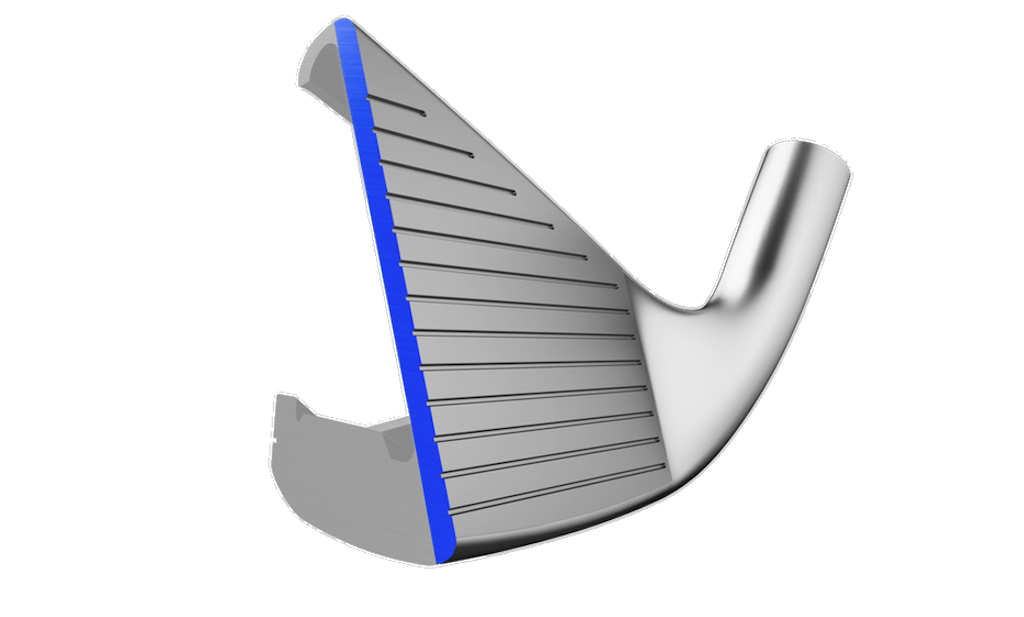
The new AP1 club faces are made of thin, heat-treated, 17-4 stainless steel, and increase launch angle and ball speed to give golfers more distance.
You asked the question about the ideal location for center of gravity; we’re at 17.5 mm above the ground plane. We think that’s a fantastic location for this AP1 product, and it’s lower than any competitors in this category. The most interesting thing is that it’s got significantly higher inertia values. There’s a few other competitors closer to 18, so we have been able to go a little lower than that and we think that’s a very good spot — 17.5. Those competitors, they’re in the 220-230 range (in terms of inertia) while we’re up in the 275-280 range. That’s a huge difference in terms of what a player’s going to feel, what he’s going to hear and we think our product hands-down give players more confidence just because we’re incorporating a huge amount of tungsten into the golf club. That makes a huge difference, particularly in these long irons categories.
ZK: Each year your engineers are trying to design the best products they can, but another crucial part to performance is fitting. That’s what I want to ask you about, Chris. Golfers who use game-improvement irons have specific challenges. How do the AP1 irons specifically address those challenges.
Chris McGinley: Fitting is certainly a big part of what we do and how we go to market. With game-improvement players, you want to deliver on all those things Dan talked about — playable trajectory, high MOI for speed on off-center hits — and I think the two most important variables with that group are achieving that playable trajectory and finding that right set composition for them. When do they stop their set of irons and move into the long-game category? AP1 long irons are great products, but there typically comes a point with the game-improvement golfer that he no longer has a playable trajectory with those long irons and he needs to move to a different product, typically a hybrid. One of the most important things we did for this launch was we changed our launch cadence. We’re launching hybrids with irons for the very first time and that’s a big deal for us. While 915 hybrids are a great product, we felt this was so important to match irons and hybrids together because the way you can benefit that golfer is to fit them for both irons and hybrids at the same time. You do all the things we do in fitting, you get all the physical specs right — loft, lie, shaft weight, shaft flex — and then you work on their set composition. So where they lose that playable trajectory and those yardage gaps, you go back and improve them with a hybrid club if not two hybrid clubs. I think that’s the biggest thing with fitting with this launch.
ZK: Is there a tip you can offer for golfers interested in a new set of irons? Maybe they’re on the fence between the AP1 and something a little smaller like the T-MB or the AP2. Are there any tips or tricks you can offer for which iron might be best for them?
Chris McGinley: AP1 is certainly a game-improvement iron. At the same time, we have a tour player or two who might put an AP1 long iron in play, and we have a lot of very skilled club professionals who choose AP1, so it really cuts a pretty broad path. At the same time, the AP2, while it has tremendous tour success and heritage, it is a very forgiving iron. We’re talking MOI values that approach the previous generation AP1. Because of that, AP2 really fits from the tour player on up in the 10-, 12-handicap range. If you’re the type of player who prefers a smaller blade size but still wants something forgiving, AP2 is an incredible choice. There’s definitely some overlap there and part of the fitting process that we go through is to determine what model is best for that golfer. Some of that is driven by preference, what they like to look at. A lot of that is driven by their ball flight and what they can do with that. In terms of the T-MB, that’s such an interesting long-game club. We don’t really see that for the AP1 player. We feel T-MB is going to be a great choice for primarily AP2, CB and MB golfers — guys who still need help at the long end of the set. There’s plenty of tour players who fall in that category; they still want help with their long irons, but they don’t want to play a hybrid either because it looks too big to them or it spins too much. That’s where T-MB comes in. We’ve seen a bunch of guys put T-MB in play, and not just a single club, several clubs to help them out at the long-end of the set. Between the four iron models and the T-MB utility iron and the new hybrids, you have a great lineup there to find the right combination for your game.
ZK: Thanks so much for your time, Chris and Dan.
Related
- Review: Titleist’s 716 AP1 irons
- Review: Titleist’s 716 T-MB irons
- Review: Titleist’s 716 MB/CB irons
- Titleist 816 H1 and H2 hybrids
- LIKE81
- LEGIT5
- WOW6
- LOL2
- IDHT0
- FLOP2
- OB2
- SHANK11
Equipment
Coolest thing for sale in the GolfWRX Classifieds (4/18/24): TaylorMade BRNR mini driver head
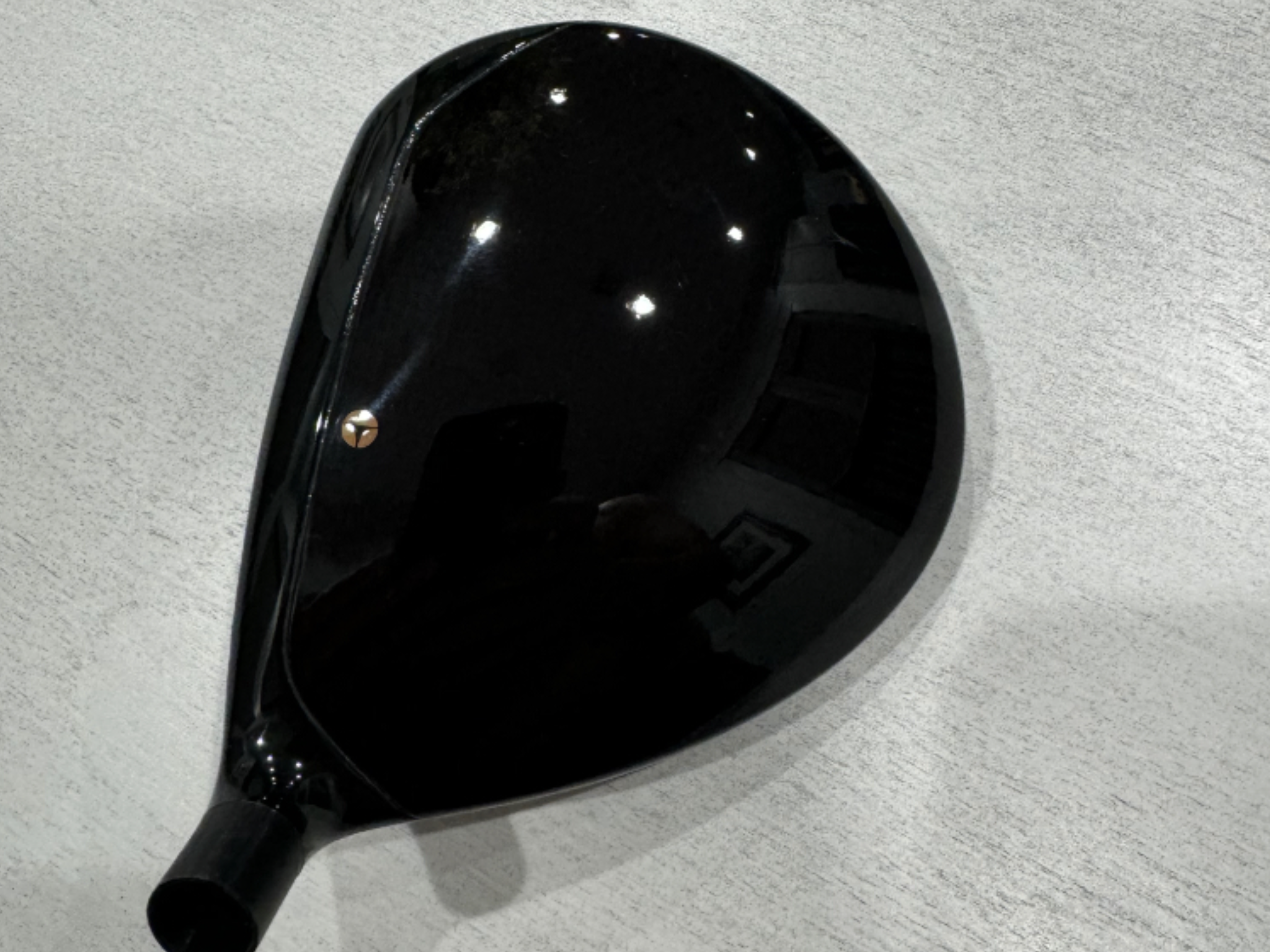
At GolfWRX, we are a community of like-minded individuals that all experience and express our enjoyment of the game in many ways.
It’s that sense of community that drives day-to-day interactions in the forums on topics that range from best driver to what marker you use to mark your ball. It even allows us to share another thing we all love – buying and selling equipment.
Currently, in our GolfWRX buy/sell/trade (BST) forum, there is a listing for a TaylorMade BRNR mini driver head
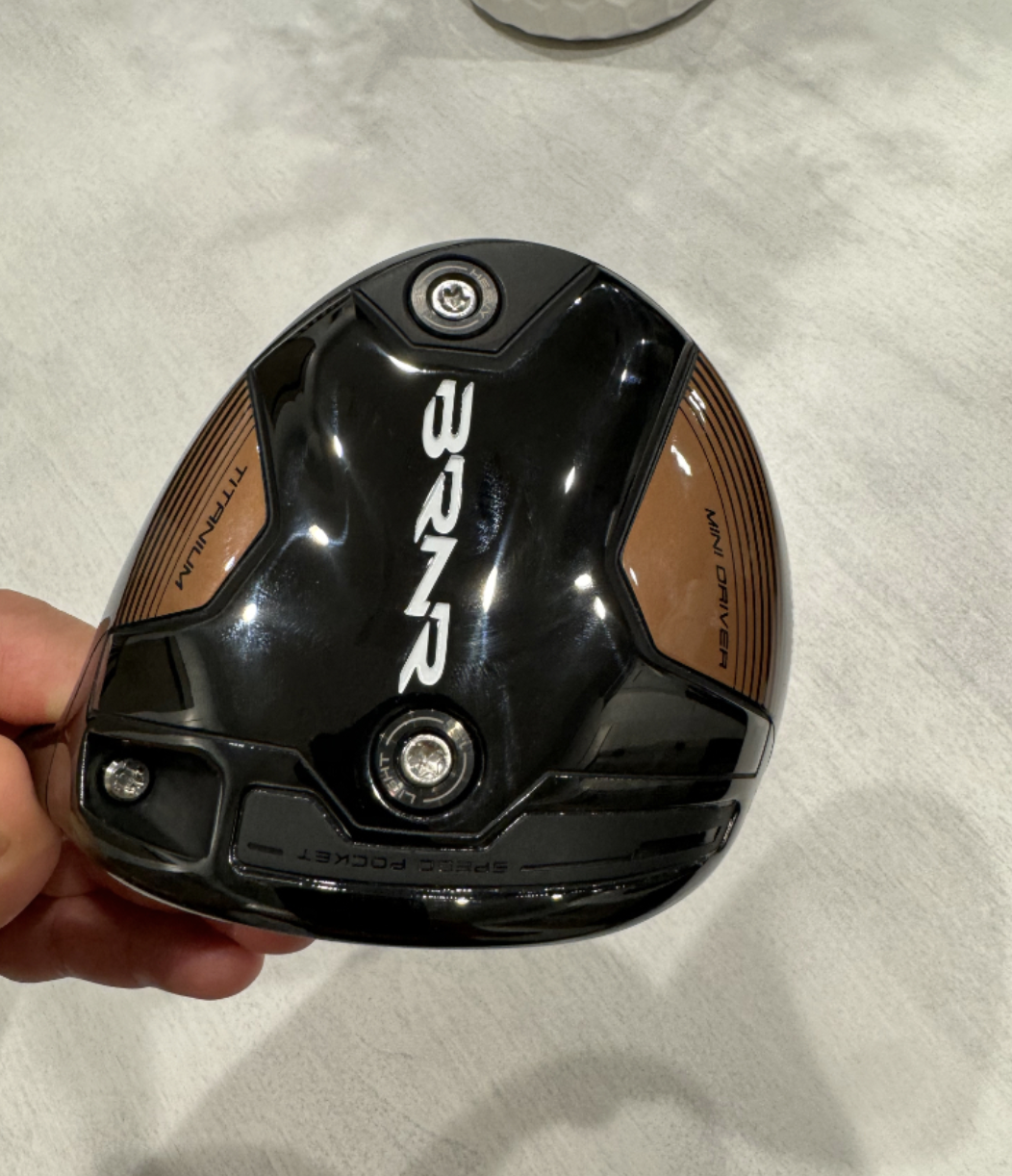
From the seller: (@lasallen): “For sale is a BRNR mini 11.5 deg head only in brand new condition. $325 shipped.”
To check out the full listing in our BST forum, head through the link: TaylorMade BRNR mini driver head
This is the most impressive current listing from the GolfWRX BST, and if you are curious about the rules to participate in the BST Forum you can check them out here: GolfWRX BST Rules
- LIKE3
- LEGIT0
- WOW0
- LOL0
- IDHT0
- FLOP0
- OB0
- SHANK0
Equipment
Coolest thing for sale in the GolfWRX Classifieds (4/18/24): Ping PLD Limited Anser – 1988 Open Championship – #2 of only 88 Made
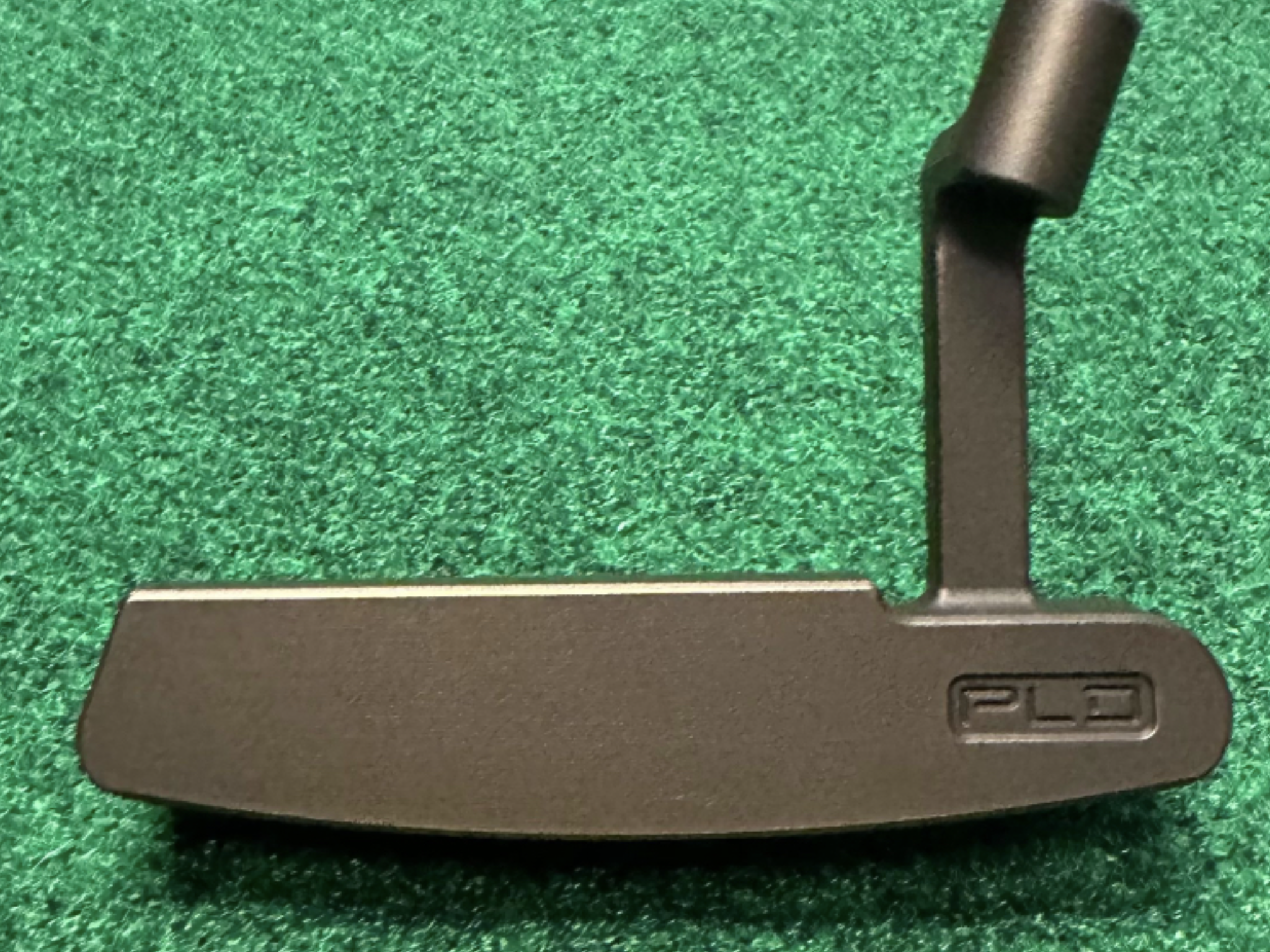
At GolfWRX, we are a community of like-minded individuals that all experience and express our enjoyment of the game in many ways.
It’s that sense of community that drives day-to-day interactions in the forums on topics that range from best driver to what marker you use to mark your ball. It even allows us to share another thing we all love – buying and selling equipment.
Currently, in our GolfWRX buy/sell/trade (BST) forum, there is a listing for a Ping PLD Limited Anser – 1988 Open Championship – #2 of only 88 Made.
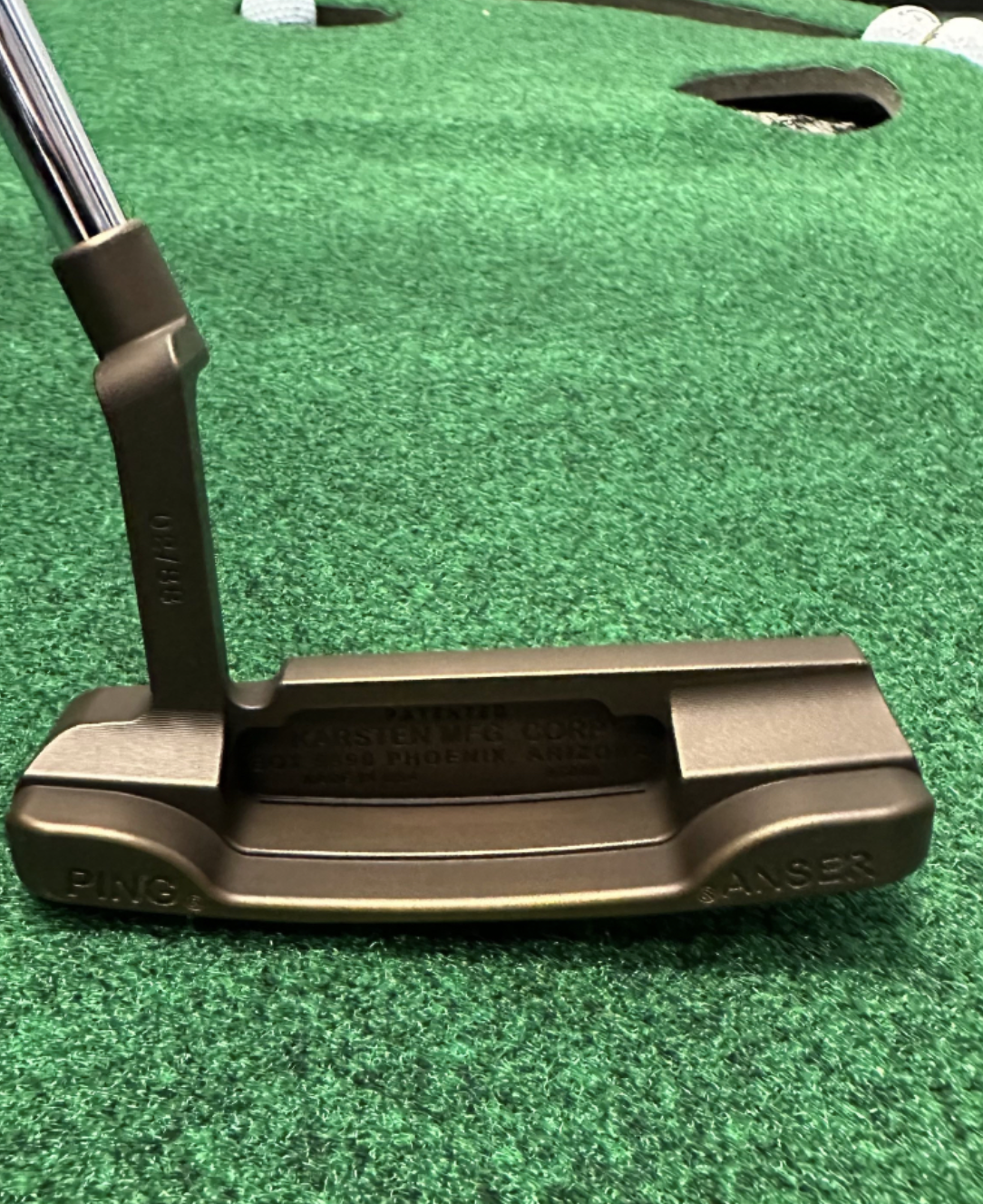
From the seller: (@DLong72): “Ping PLD Limited Anser – 1988 Open Championship – #2 of only 88 Made. ?: $1150. ?? 100% milled collectors item from the limited releases commemorating when Ping putters won every major in 1988 (88 putters made). This was the model Seve Ballesteros used to win the 1988 Open Championship. Condition is brand new, never gamed, everything is in the original packaging as it came. Putter features the iconic sound slot.
Specs/ Additional Details
-100% Milled, Aluminum/Bronze Alloy (310g)
-Original Anser Design
-PING PP58 Grip
-Putter is built to standard specs.”
To check out the full listing in our BST forum, head through the link: Ping PLD Limited Anser – 1988 Open Championship – #2 of only 88 Made
This is the most impressive current listing from the GolfWRX BST, and if you are curious about the rules to participate in the BST Forum you can check them out here: GolfWRX BST Rules
- LIKE3
- LEGIT0
- WOW0
- LOL0
- IDHT0
- FLOP0
- OB0
- SHANK0
Equipment
Inside Collin Morikawa’s recent golf ball, driver, 3-wood, and “Proto” iron changes
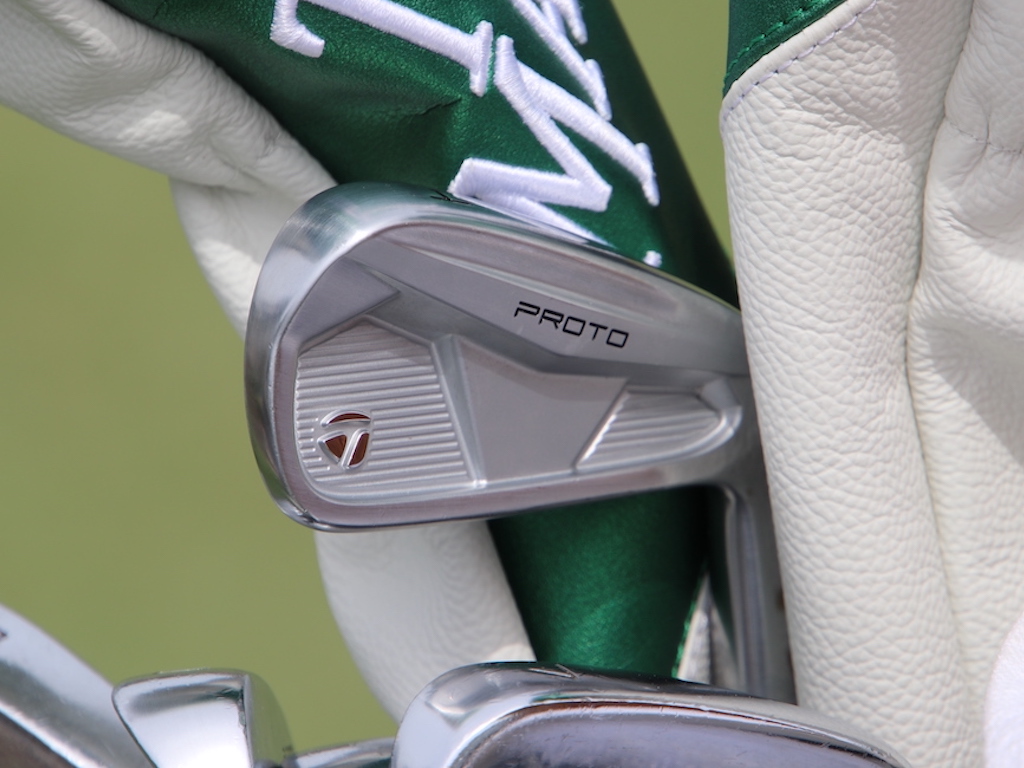
As you probably know by now, Collin Morikawa switched putters after the first round of The Masters, and he ultimately went on to finish T3.
The putter was far from the only change he made last week, however, and his bag is continuing to change this week at the 2024 RBC Heritage.
On the range of The Masters, Morikawa worked closely with Adrian Reitveld, TaylorMade’s Senior Manager of Tour at TaylorMade, to find the perfect driver and 3-wood setups.
Morikawa started off 2024 by switching into TaylorMade’s Qi10 Max driver, but since went back to his faithful TaylorMade SIM – yes, the original SIM from 2020. Somehow, some way, it seems Morikawa always ends up back in that driver, which he used to win the 2020 PGA Championship, and the 2021 Open Championship.
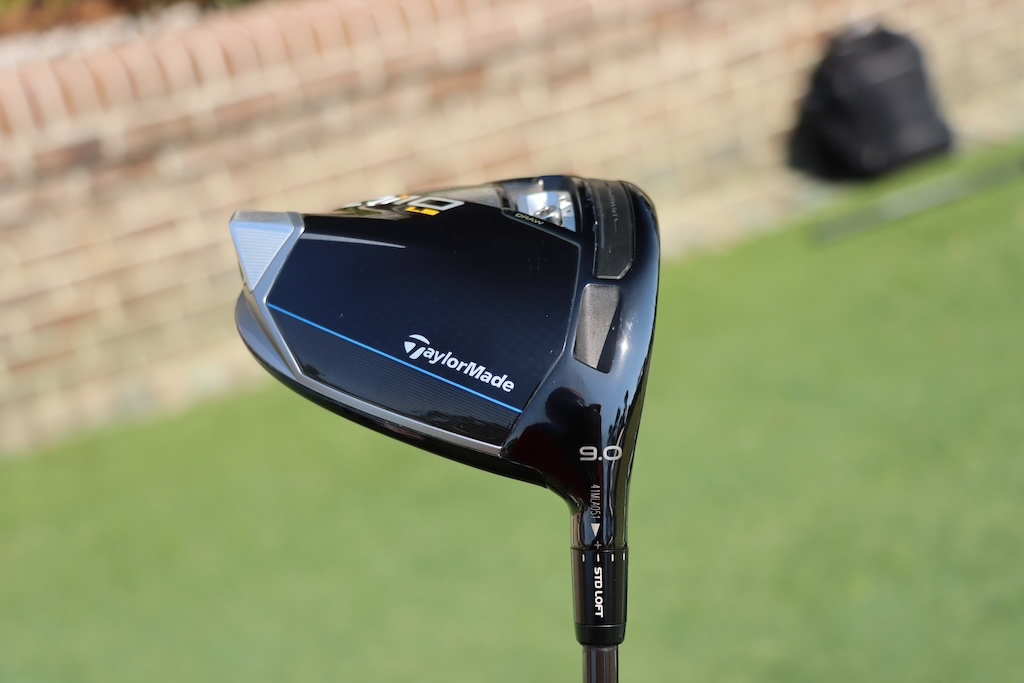
At The Masters, however, Rietveld said the duo found the driver head that allowed “zero compromise” on Morikawa’s preferred fade flight and spin. To match his preferences, they landed on a TaylorMade Qi10 LS 9-degree head, and the lie angle is a touch flatter than his former SIM.
“It’s faster than his gamer, and I think what we found is it fits his desired shot shape, with zero compromise” Rietveld told GolfWRX.com on Wednesday at the RBC Heritage.
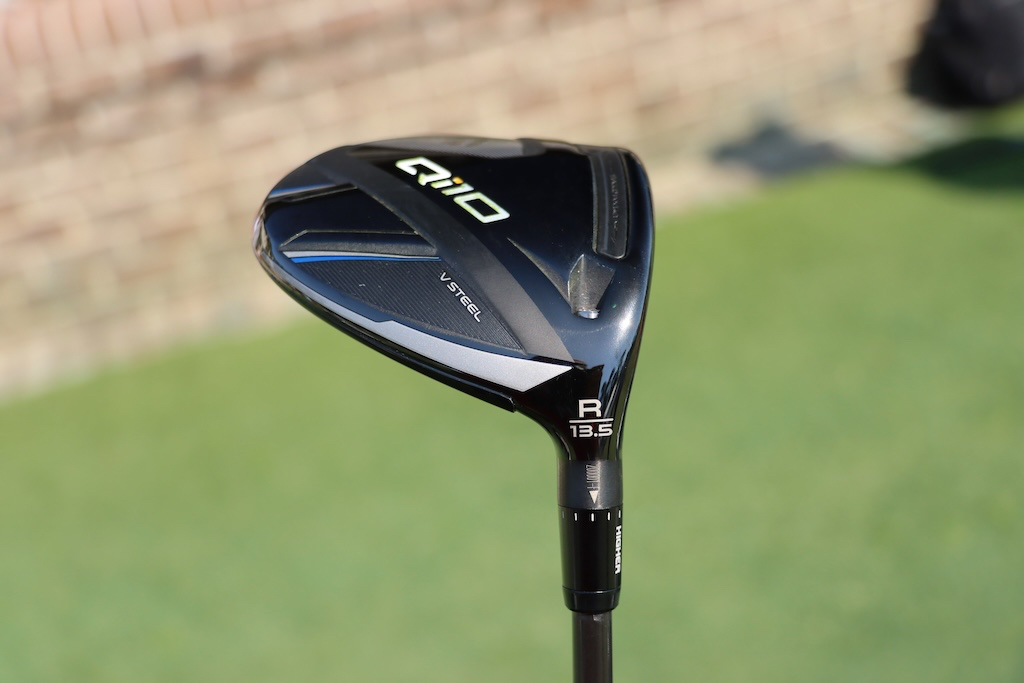
Then, to replace his former SIM rocket 3-wood, Morikawa decided to switch into the TaylorMade Qi10 core model 13.5-degree rocket head, with an adjustable hosel.
“He likes the spin characteristics of that head,” Rietveld said. “Now he’s interesting because with Collin, you can turn up at a tournament, and you look at his 3-wood, and he’s changed the setting. One day there’s more loft on it, one day there’s less loft on it. He’s that type of guy. He’s not scared to use the adjustability of the club.
“And I think he felt our titanium head didn’t spin as low as his original SIM. So we did some work with the other head, just because he liked the feel of it. It was a little high launching, so we fit him into something with less loft. It’s a naughty little piece of equipment.”

In addition to the driver and fairway wood changes, Morikawa also debuted his new “MySymbol” jersey No. 5 TP5x golf ball at The Masters. Morikawa’s choice of symbols is likely tied to his love of the Los Angeles Dodgers baseball team.
Not enough changes for you? There’s one more.

On Wednesday at the 2024 RBC Heritage, Morikawa was spotted with a new TaylorMade “Proto” 4-iron in the bag. If you recall, it’s the same model that Rory McIlroy debuted at the 2024 Valero Texas Open.
According to Morikawa, the new Proto 4-iron will replace his old P-770 hollow-bodied 4-iron.
“I used to hit my P-770 on a string, but sometimes the distance would be a little unpredictable,” Morikawa told GolfWRX.com. “This one launches a touch higher, and I feel I can predict the distance better. I know Rory replaced his P-760 with it. I’m liking it so far.”
See Morikawa’s full WITB from the 2024 RBC Heritage here.
- LIKE103
- LEGIT9
- WOW3
- LOL6
- IDHT2
- FLOP5
- OB3
- SHANK7
-

 19th Hole2 weeks ago
19th Hole2 weeks agoDave Portnoy places monstrous outright bet for the 2024 Masters
-

 19th Hole3 weeks ago
19th Hole3 weeks agoThings got heated at the Houston Open between Tony Finau and Alejandro Tosti. Here’s why
-

 19th Hole2 weeks ago
19th Hole2 weeks agoTiger Woods arrives at 2024 Masters equipped with a putter that may surprise you
-

 19th Hole3 weeks ago
19th Hole3 weeks agoReport: Tiger Woods has ‘eliminated sex’ in preparation for the 2024 Masters
-

 19th Hole1 week ago
19th Hole1 week agoTwo star names reportedly blanked Jon Rahm all week at the Masters
-

 19th Hole6 days ago
19th Hole6 days agoReport: LIV Golf identifies latest star name they hope to sign to breakaway tour
-

 19th Hole7 days ago
19th Hole7 days agoNeal Shipley presser ends in awkward fashion after reporter claims Tiger handed him note on 8th fairway
-

 19th Hole5 days ago
19th Hole5 days agoBrandel Chamblee has ‘no doubt’ who started the McIlroy/LIV rumor and why



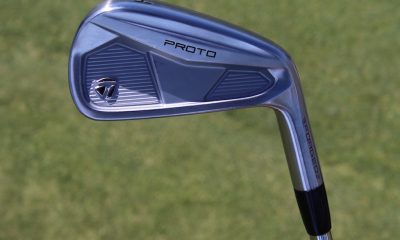

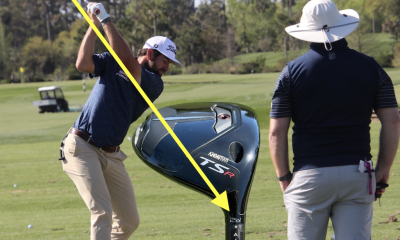

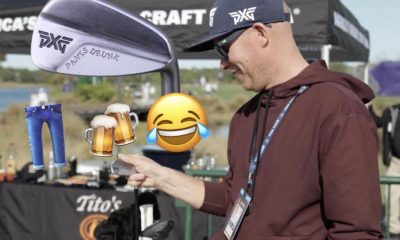

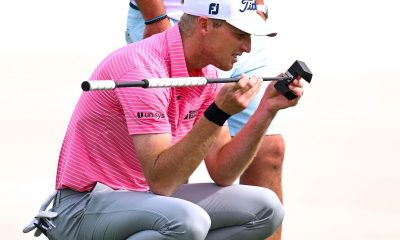

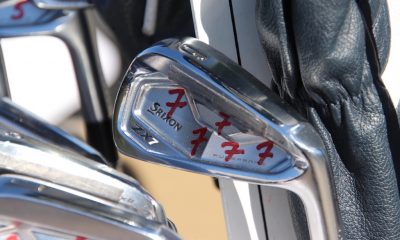

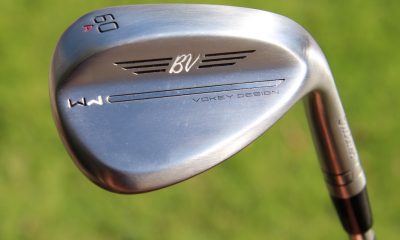












Rex235
Nov 3, 2015 at 2:12 am
MOTO program?
RH ONLY?
Big Mike
Oct 29, 2015 at 10:11 pm
Picked mine up today after ordering to my specs on Saturday. First range session tonight was fantastic. They feel good, look good, forgive misfits and are long in part do to the lofts. The 4 iron is so easy to hit I am thinking I may no longer need my hybrid. I am a 6 hcp who has gamed player irons including blades mainly because of my ego. Decided to check ego at door and go for something more forgiving and hence 716 AP1. First round Saturday and then off to the desert for vacation and more on course testing
Jim H
Oct 28, 2015 at 3:02 pm
“Probably in previous generations the CG was a little more heel-biased.”
I bought the 714 AP-1 irons a year ago and after roughly 5-6 rounds I discovered that my best shots came after I purposely tried to hit the ball closer to the heel. Now I understand why, but it would have been nice if that info was shared by Titleist at the time of purchase, instead of in an article a year later.
I like my irons currently as they seem almost laser straight, but are a full club short of my Mizuno MP-32, even with their stronger lofts.
Chuck
Oct 25, 2015 at 11:29 pm
Are they shipping any clubs with AMT’s yet? Are there any AMT’s in any shops yet?
Trab
Oct 27, 2015 at 2:48 am
I seen the CB and AP2 with the AMT in them at my local shop hanging off the displays
Andy
Oct 25, 2015 at 8:51 pm
Recieved mine on the 23rd, and having played a variety of other GI irons these simply take the cake in terms of feel and just overall performance without a doubt
Alan
Oct 25, 2015 at 8:11 pm
Will be interesting to see what Vokey wedges they recommend with the 716 AP1s. Kinda will screw up my set if I change from AP2.